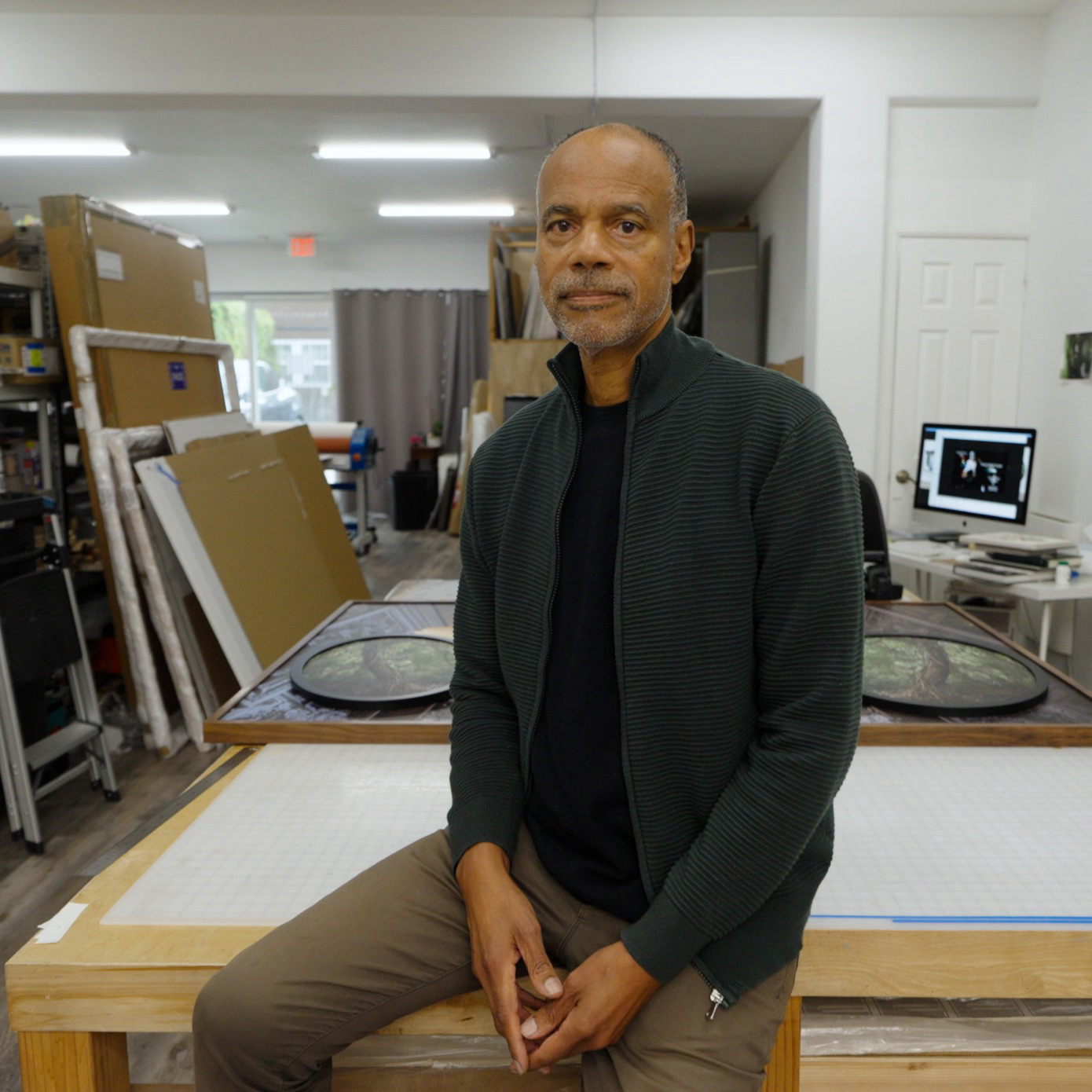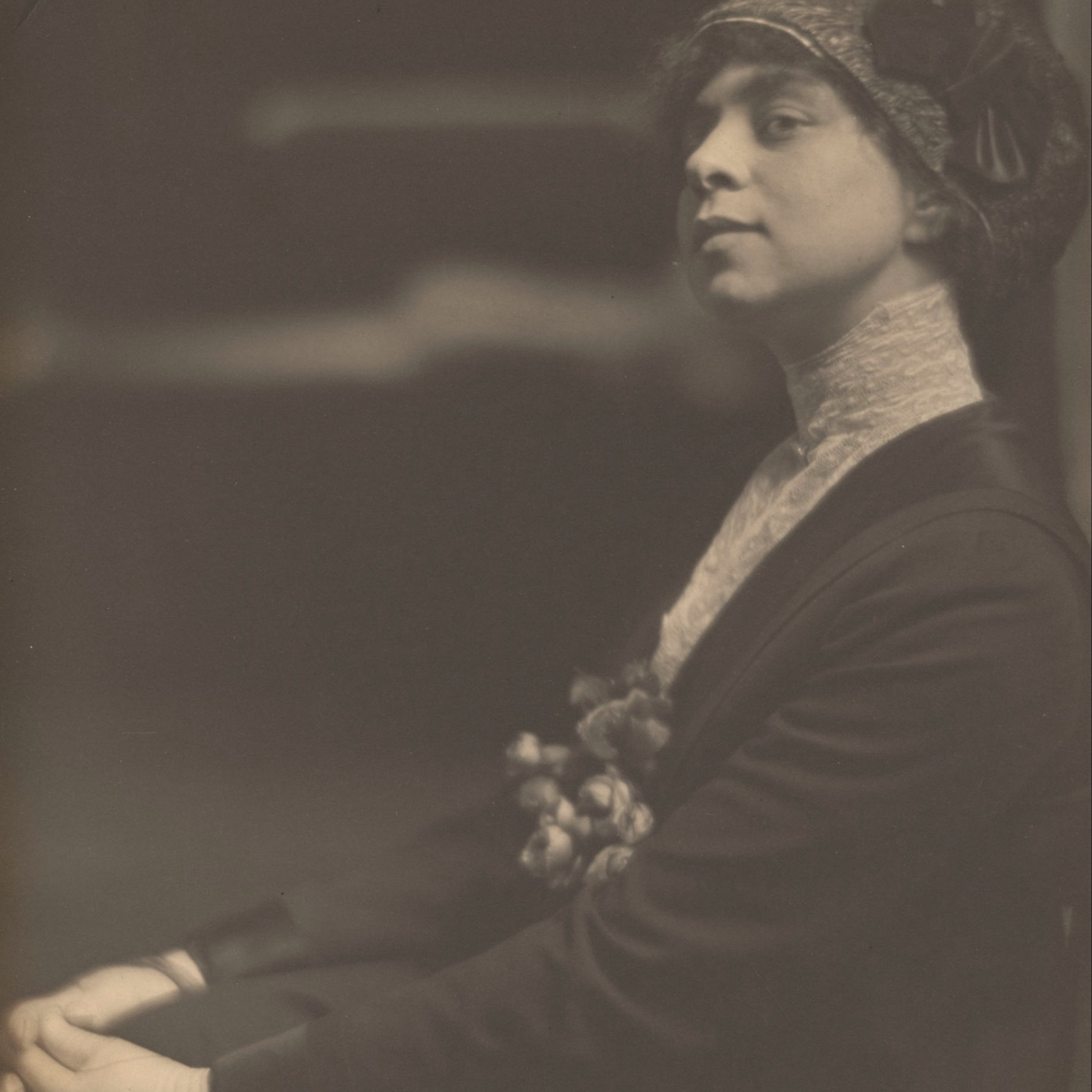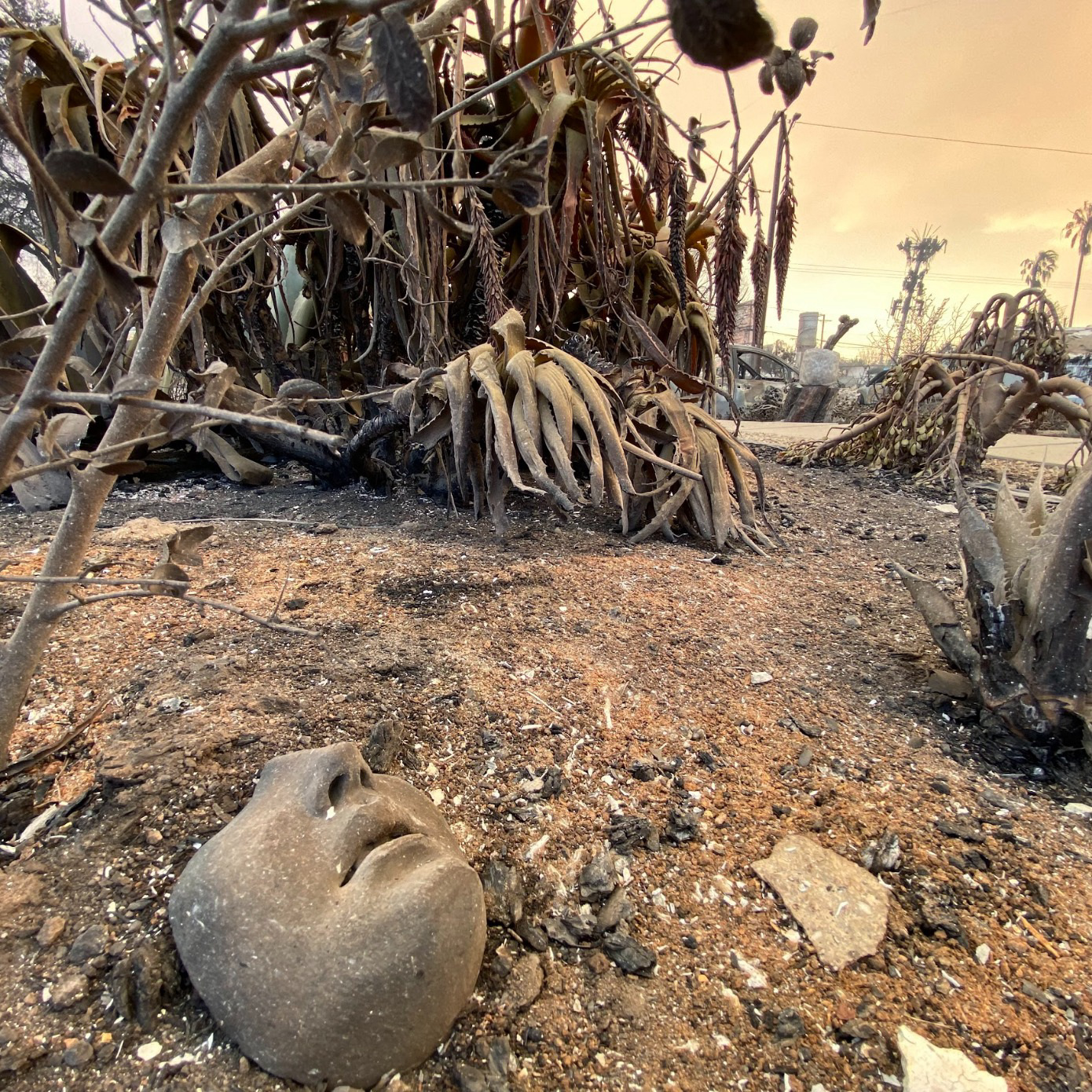Ursula K. Le Guin’s 1969 novel, “The Left Hand of Darkness,” imagines a world without gender. Enter the world of Gethen, a planet whose inhabitants lack any fixed gender identity; instead, Gethenians can adopt temporary attributes of either sex during a special period of fertility known as “the kemmering.” This flexibility allows the Gethenians to play multiples roles within their communities, placing primacy on emotional intimacy over sexual politics. The novel follows the interior struggles of Le Guin’s male protagonist, a visiting Earthling who must learn to live (and love) outside the restraints of his earth-bound gender binary.
Le Guin’s model has been a tremendous inspiration for the work of South Carolina-born, Los Angeles-based artist Rodney McMillian. The artist even directly quoted the idea of “kemmering” in his 2010 contribution to Project Row Houses (a neighborhood revitalization project that brings art to houses in Houston’s Third Ward). For a piece titled Portal: A State of Kemmering in the Council Era of Corrosion, McMillian draped the entryway to a house in swoops of patched black vinyl that he had hand-stitched together. Recalling something between S&M attire and a body bag, the material neatly skirted unspoken cultural mythologies around the black body—in particular, those tied to sex and death. Through this “portal,” the artist signaled to visitors that they were entering a new world, and like the hero of Le Guin’s novel, they should check their previously conceived notions at the door and let themselves be receptive to whatever comes next. This spring, the artist offered a glimpse of what might lie beyond that portal with a trifecta of solo exhibitions at MoMA PS1, the Studio Museum in Harlem, and the Institute of Contemporary Art (ICA) in Philadelphia. Curated by Naima Keith, the newly named deputy director of exhibitions and programs at the California African American Art Museum, the Studio Museum’s “Rodney McMillian: Views of Main Street” sees the artist dismantling the idea of the domestic sphere. This home-unmaking is carried out through the artist’s so-called “post-consumer sculptures”: an Ikea chair impaled by a thick black column; a bisected sateen sofa fused back together with cement; or swaths of carpet, pried from the floors of the artist’s former home and tacked to the wall like prize furs, their splotches and stains (and smells) intact. “These exhausted objects bear witness to the failed promises of America’s experiment with democracy, to the impossibility of true social mobility, genuine political inclusion and unwavering equality,” says Keith. This injustice is planted within the title, which implies a distance of perspective, suggesting someone looking at Main Street, rather than from.

“We are living in a time when the disparities between the wealthy and the poor are larger than any other time in this country’s history, and yet what is presented to the American public are stories about the possibilities of success for all,” McMillian observed in a 2008 essay. In addition to his sculptures, the artist has been working to rewrite these narratives through videos and performances that use a cast of recurring characters to recontextualize everything from lyrics by Erykah Badu or the Rolling Stones and the misadventures of A.A. Milne’s Eeyore to Sun Ra’s Afrofuturist treatises on death and freedom and Lee Atwater’s damning admission of the Republican strategy for veiling racial discrimination. These films play a central role in the ICA Philadelphia’s “Rodney McMillian: The Black Show.” The exhibition’s title is drawn somewhat loosely from a book jacket blurb on Toni Morrison’s “The Bluest Eye”: “It’s not only a black story—it’s a very dark one.” Originating at the Aspen Art Museum before traveling to MoMA PS1, “Rodney McMillian: Landscape Paintings” might be the most quietly revolutionary of the three exhibitions. The show focuses on the artist’s body of semi-abstract compositions, which smear leftover house paint across secondhand bedsheets picked up at thrift stores. The result is far from a traditional landscape. In a conversation with Aspen Art Museum curator Heidi Zuckerman, the artist explained his rationale: “When I’m making these pieces, I’m thinking about the landscapes that I’ve encountered here in America—they are complex sites. They aren’t pastoral—I can’t visit a national park and be awed by the beauty of it. Not because I don’t see it, but because it’s a space deliberately constructed for that moment of awe.” What McMillian’s after instead is laying out a vocabulary of that sense of awe, mapping the “language of being tongue-tied, emotional and expressing pathos,” as he notes in another essay of his. By taking this unconventional approach to the genre, MoMA PS1 Curator Peter Eleey reasons, the artist “injects a kind of otherness into familiar appearances and histories, as a way of reminding people that there are other things lurking behind the accepted veneers of these objects and images.” In other words, the artist is offering us a portal to escape into an alternative present; it is up to us to be receptive.
Le Guin’s model has been a tremendous inspiration for the work of South Carolina-born, Los Angeles-based artist Rodney McMillian. The artist even directly quoted the idea of “kemmering” in his 2010 contribution to Project Row Houses (a neighborhood revitalization project that brings art to houses in Houston’s Third Ward). For a piece titled Portal: A State of Kemmering in the Council Era of Corrosion, McMillian draped the entryway to a house in swoops of patched black vinyl that he had hand-stitched together. Recalling something between S&M attire and a body bag, the material neatly skirted unspoken cultural mythologies around the black body—in particular, those tied to sex and death. Through this “portal,” the artist signaled to visitors that they were entering a new world, and like the hero of Le Guin’s novel, they should check their previously conceived notions at the door and let themselves be receptive to whatever comes next. This spring, the artist offered a glimpse of what might lie beyond that portal with a trifecta of solo exhibitions at MoMA PS1, the Studio Museum in Harlem, and the Institute of Contemporary Art (ICA) in Philadelphia. Curated by Naima Keith, the newly named deputy director of exhibitions and programs at the California African American Art Museum, the Studio Museum’s “Rodney McMillian: Views of Main Street” sees the artist dismantling the idea of the domestic sphere. This home-unmaking is carried out through the artist’s so-called “post-consumer sculptures”: an Ikea chair impaled by a thick black column; a bisected sateen sofa fused back together with cement; or swaths of carpet, pried from the floors of the artist’s former home and tacked to the wall like prize furs, their splotches and stains (and smells) intact. “These exhausted objects bear witness to the failed promises of America’s experiment with democracy, to the impossibility of true social mobility, genuine political inclusion and unwavering equality,” says Keith. This injustice is planted within the title, which implies a distance of perspective, suggesting someone looking at Main Street, rather than from.

“We are living in a time when the disparities between the wealthy and the poor are larger than any other time in this country’s history, and yet what is presented to the American public are stories about the possibilities of success for all,” McMillian observed in a 2008 essay. In addition to his sculptures, the artist has been working to rewrite these narratives through videos and performances that use a cast of recurring characters to recontextualize everything from lyrics by Erykah Badu or the Rolling Stones and the misadventures of A.A. Milne’s Eeyore to Sun Ra’s Afrofuturist treatises on death and freedom and Lee Atwater’s damning admission of the Republican strategy for veiling racial discrimination. These films play a central role in the ICA Philadelphia’s “Rodney McMillian: The Black Show.” The exhibition’s title is drawn somewhat loosely from a book jacket blurb on Toni Morrison’s “The Bluest Eye”: “It’s not only a black story—it’s a very dark one.” Originating at the Aspen Art Museum before traveling to MoMA PS1, “Rodney McMillian: Landscape Paintings” might be the most quietly revolutionary of the three exhibitions. The show focuses on the artist’s body of semi-abstract compositions, which smear leftover house paint across secondhand bedsheets picked up at thrift stores. The result is far from a traditional landscape. In a conversation with Aspen Art Museum curator Heidi Zuckerman, the artist explained his rationale: “When I’m making these pieces, I’m thinking about the landscapes that I’ve encountered here in America—they are complex sites. They aren’t pastoral—I can’t visit a national park and be awed by the beauty of it. Not because I don’t see it, but because it’s a space deliberately constructed for that moment of awe.” What McMillian’s after instead is laying out a vocabulary of that sense of awe, mapping the “language of being tongue-tied, emotional and expressing pathos,” as he notes in another essay of his. By taking this unconventional approach to the genre, MoMA PS1 Curator Peter Eleey reasons, the artist “injects a kind of otherness into familiar appearances and histories, as a way of reminding people that there are other things lurking behind the accepted veneers of these objects and images.” In other words, the artist is offering us a portal to escape into an alternative present; it is up to us to be receptive.




